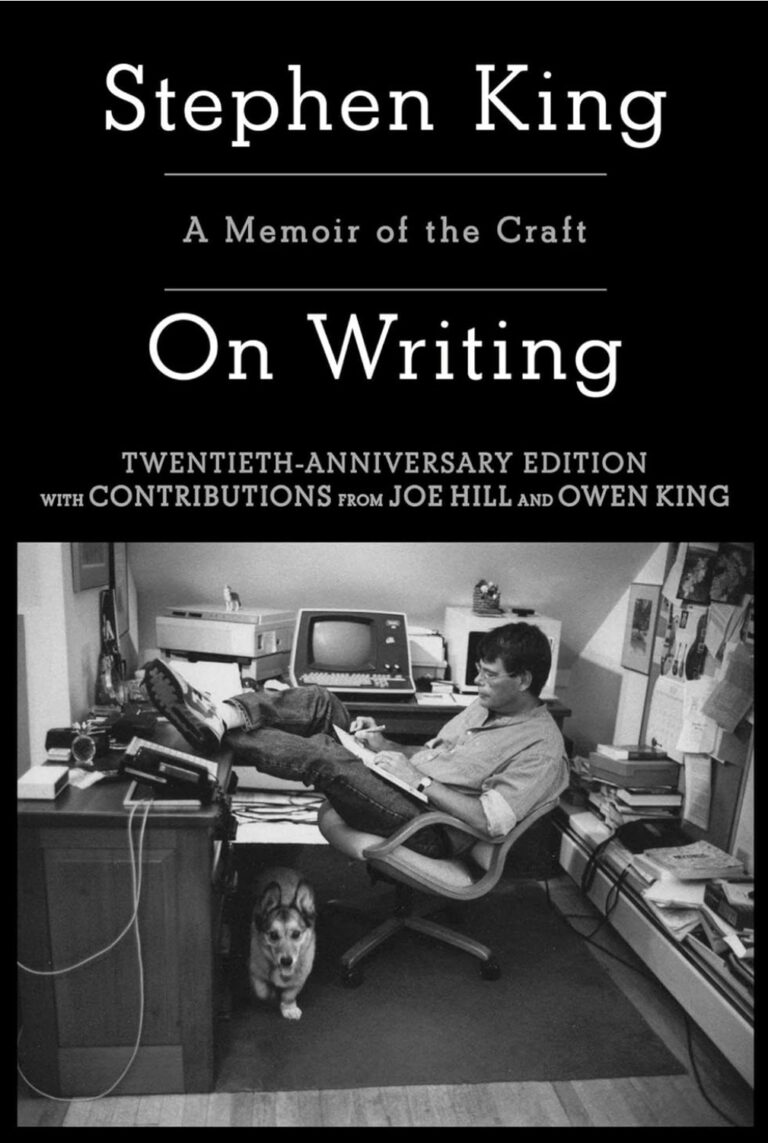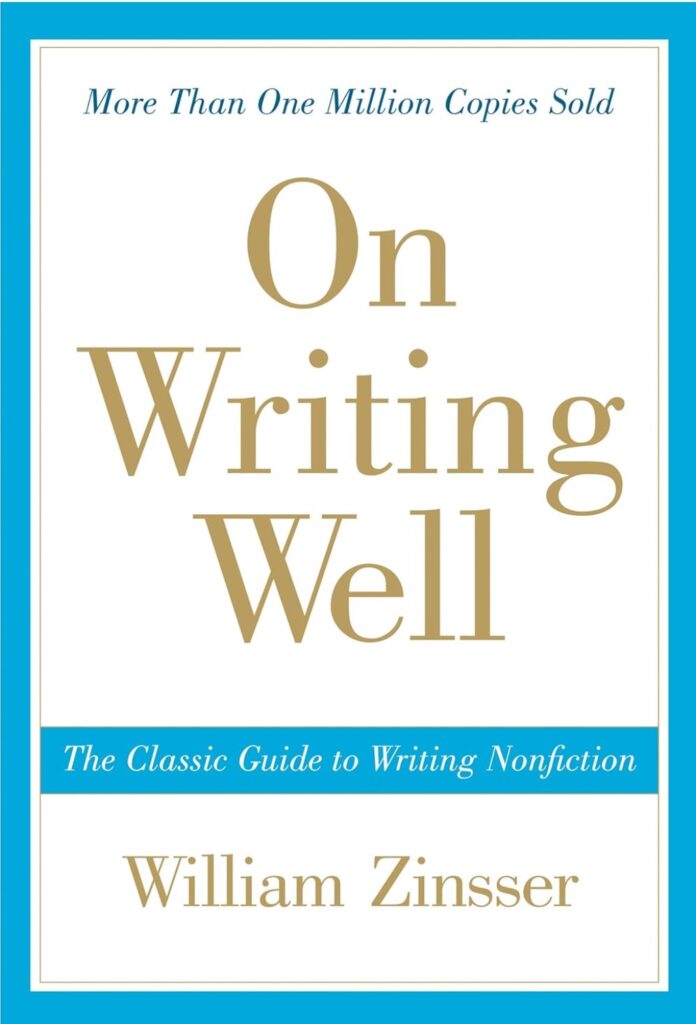Crafting a paranormal romance novel is a unique and exciting journey. As a romance author who writes insta-love stories featuring aliens, paranormal creatures, and unusual scenarios, I understand the importance of meticulous outlining and planning.
In my experience, having a solid plan not only helps maintain consistency but also ensures that the fantastical elements seamlessly blend with the romantic plot.
Table of Contents
ToggleUnderstanding the Basics of Outlining
Why Outlining is Important
In my experience, outlining is the backbone of a well-structured story. It provides a roadmap for your plot, ensuring that all key events and turning points are covered.
Without an outline, it’s easy to lose track of subplots or forget important details, especially in a complex genre like paranormal romance. Outlining helps you stay organized and focused, making the writing process smoother and more efficient.
Different Types of Outlines
There are several types of outlines you can use, depending on your writing style:
1. Chapter-by-Chapter Outline: This is a detailed breakdown of each chapter in your novel. It includes key events, character developments, and plot twists.
2. Scene-by-Scene Outline: Similar to the chapter-by-chapter outline but more detailed. Each scene is described with specific actions, dialogues, and settings.
3. Synopsis Outline: A brief summary of your entire story, highlighting the main plot points and character arcs.
4. Mind Map Outline: A visual representation of your story’s structure. It helps you see the connections between different plot elements and characters.
I’ve found that using a combination of these outlines works best. For instance, I start with a synopsis outline to get an overall picture of the story, then move on to a chapter-by-chapter outline for more detailed planning.
Developing Your Characters
Creating Compelling Characters
In my experience, the key to a successful paranormal romance novel lies in its characters. Your readers need to connect with your characters on an emotional level, especially in an insta-love scenario. Here are some tips for creating compelling characters:
1. Detailed Character Profiles: Create detailed profiles for your main characters, including their background, personality traits, and motivations. This helps you understand their actions and reactions throughout the story.
2. Character Arcs: Plan out your characters’ arcs, showing how they grow and change over the course of the novel. This is particularly important in romance, where the characters’ emotional journeys are central to the plot.
3. Unique Traits: Give your characters unique traits that make them stand out. This could be a physical characteristic, a particular talent, or a distinctive way of speaking.
4. Backstories: Develop rich backstories for your characters. This not only adds depth to their personalities but also provides material for subplots and conflicts.
Balancing Strengths and Flaws
In my experience, balancing your characters’ strengths and flaws makes them more relatable and realistic. For instance, your hero might be incredibly brave but struggle with trust issues.
Your heroine might be fiercely independent but have a fear of vulnerability. These flaws create opportunities for character growth and add tension to your story.
Building an Immersive World
Establishing Your Setting
In paranormal romance, the setting plays a crucial role in creating an immersive experience for your readers. Here are some tips for building a believable and captivating world:
1. Research: Even if your setting is entirely fictional, research can provide inspiration and add authenticity. Look into myths, legends, and folklore that can inform your world-building.
2. World-Building Bible: Create a document where you keep all the details about your world. This includes the rules of your supernatural elements, descriptions of different locations, and any historical or cultural information.
3. Sensory Details: Use sensory details to bring your world to life. Describe what your characters see, hear, smell, taste, and touch. This helps your readers feel like they are part of the world you’ve created.
Creating the Supernatural Elements
In my experience, defining the rules of your supernatural elements is essential for consistency. Whether your characters are aliens, werewolves, or other paranormal beings, make sure you have clear guidelines about their abilities, weaknesses, and how they interact with the human world.
1. Abilities and Limitations: Define what your supernatural beings can and cannot do. This adds depth to your world and prevents plot holes.
2. Cultural Impact: Consider how the existence of supernatural beings affects the society in your world. This could influence everything from politics to daily life.
3. Integration with the Plot: Ensure that your supernatural elements are integral to the plot, not just added for the sake of being paranormal. They should drive the story forward and create unique conflicts and challenges for your characters.
Plotting Your Story
Crafting the Main Plot
The main plot of your paranormal romance novel should revolve around the central relationship while incorporating the unique aspects of your world. Here are some steps to help you craft a compelling plot:
1. Inciting Incident: This is the event that kicks off the main plot. It should introduce the central conflict and bring your main characters together.
2. Rising Action: Build tension and develop your characters’ relationship through a series of events and obstacles. This is where your supernatural elements can add exciting twists and challenges.
3. Climax: The climax is the turning point of your story. It should be the moment of highest tension and emotional intensity.
4. Resolution: Resolve the main conflict and provide a satisfying conclusion to your characters’ journeys.
Incorporating Subplots
In my experience, subplots add depth and complexity to your story. They can provide additional conflict, develop secondary characters, and enrich your world. Here are some tips for incorporating subplots:
1. Character Development: Use subplots to explore different aspects of your main characters’ personalities and relationships.
2. Thematic Elements: Subplots can reinforce the themes of your main plot. For example, a subplot about a character’s struggle with identity can mirror the main plot’s exploration of love and acceptance.
3. Pacing: Subplots can help control the pacing of your story, providing moments of respite or additional tension as needed.
Writing the First Draft
Staying Motivated
Writing the first draft can be daunting, but staying motivated is key. In my experience, setting small, achievable goals helps maintain momentum. Here are some strategies:
1. Daily Word Count: Set a daily word count goal that is challenging but realistic. This keeps you progressing steadily without feeling overwhelmed.
2. Writing Sprints: Participate in writing sprints with other authors. These short, timed writing sessions can boost productivity and make the writing process more fun.
3. Accountability Partners: Find an accountability partner to check in with regularly. This can provide motivation and support, especially during challenging times.
Overcoming Writer’s Block
Writer’s block is a common challenge, but there are ways to overcome it. Here are some techniques I’ve found helpful:
1. Change Your Environment: Sometimes a change of scenery can spark creativity. Try writing in a different location or at a different time of day.
2. Freewriting: Set a timer and write without worrying about grammar or structure. This can help free up your creative mind and generate new ideas.
3. Break Down the Scene: If you’re stuck on a particular scene, break it down into smaller parts. Focus on writing one element at a time, such as dialogue or description.
Revising and Editing
Once your first draft is complete, the revision process begins. In my experience, this is where the real magic happens. Here are some tips for revising and editing your paranormal romance novel:
1. Take a Break: After finishing your draft, take a break before revising. This allows you to return with fresh eyes and a clearer perspective.
2. Big Picture Edits: Start with big-picture edits, such as plot structure, pacing, and character development. Make sure your story flows smoothly and all major elements are well-developed.
3. Line Edits: After addressing big-picture issues, focus on line edits. This involves refining your prose, improving dialogue, and fixing any grammatical errors.
4. Beta Readers: Consider sharing your revised draft with beta readers. Their feedback can provide valuable insights and help identify areas for improvement.
Final Thoughts
Outlining and planning are essential steps in crafting a compelling paranormal romance novel. By developing detailed character profiles, building immersive worlds, and crafting well-structured plots, you can create stories that captivate and enchant your readers.
In my experience, taking the time to plan and outline your novel not only makes the writing process smoother but also results in a richer, more engaging story. So, grab your pen or keyboard and start outlining your next paranormal romance adventure!










































